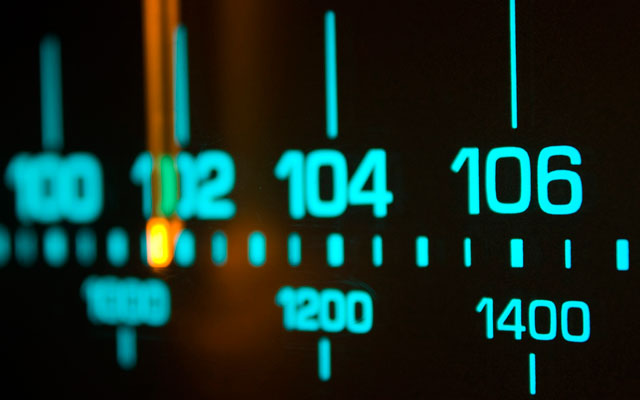
As Norway switches off its FM radio network this week, other nations have abandoned similar plans, leaving the Scandinavian country a lonely beacon of digital-only broadcasting in a world that’s rapidly moving to music streaming and podcasts.
The switch to digital audio broadcasting, a first for any country, will be watched closely by other European nations, which are starting to question the benefits of shutting down analogue networks. Success in Norway may be the last hope for enthusiasts and electronics retailers to revive digital-radio plans that have largely ground to a halt in the rest of the world.
“Norway is a thought leader, certainly a technology leader,” Ford Ennals, CEO of Digital Radio UK, said in a telephone interview. “In the UK, we are definitely more cautious. We want it to be listener-led. We don’t want to force everyone to do this.”
Norway’s blueprint to replace FM has been in place for years, originating with its first digital broadcasts back in 1995. The technology offers better sound than analogue FM, is easier to tune and more affordable for broadcasters because it uses spectrum more efficiently. But in the intervening decades, a different technology took hold: Internet radio and music streaming from companies such as Spotify and Apple, and Pandora Media in the US.
The trend isn’t likely to reverse. New cars are routinely equipped with dashboards that connect to the Internet and smartphones through services such as Android Auto and Apple Carplay. At last count, Spotify had 40m paying users worldwide and Apple Music counted 20m. There are dozens more services — streaming lets consumers create their own playlists, and they can pay to avoid advertisement. Traditional radio stations have also gone online.
Norway is starting by winding down FM signals in Bodo, north of the Arctic Circle, with the rest of the country to follow later in 2017. The capital, Oslo, will be switch off on 20 September, although many local radio stations will be allowed to continue broadcasting on the FM dial for the next five years.
For a sparsely-populated nation like his, keeping FM alive wasn’t an alternative, said Ole Jorgen Torvmark, CEO of Digital Radio Norway. Some 74% of the population has one or more DAB radios, he said.
“A prerequisite for investing in a new digital network and new channels was a closing of the FM net,” Torvmark said. “We wouldn’t have been here today with a new network and channels if we didn’t have a closing date.”

Not convinced
Norwegians aren’t convinced. A recent poll showed that 66% of the population oppose the change.
In neighboring Sweden, DAB is seen as a technology made obsolete by the Internet. DAB advocates like Modern Times Group and consumer electronics retailers have been rebuffed by critics who argue that an FM shutdown would be costly, unpopular and risk deteriorating the capacity to communicate with the public in crises.
After two decades of trials and discussions, Sweden scrapped FM replacement plans in June 2015. The National Audit Office said a switch would be “out of step with other societal trends”.
In Canada, regulators stopped renewing digital licences after big cities like Toronto and Montreal carried services for a decade without much consumer enthusiasm. The picture is similar in Finland.
In Switzerland, the plan is still for FM to be replaced by digital and be phased out by 2024. The US uses a different standard, HD Radio, which can broadcast stations simultaneously in both digital and analogue within the same channel.
There are also millions of radio sets across Europe that would have to be replaced or equipped with a converter. Governments, too, are mindful that consumers haven’t embraced the technology. Digital Radio UK’s Ennals believes Britain will switch, but is at least five years away.
“I don’t think the UK has ever wanted to be the first here and we’re very pleased we can draw on lessons from Norway,” said Ennals. “Norway being a success may embolden the government to say ‘okay, let’s get on with this.’” — (c) 2017 Bloomberg LP




